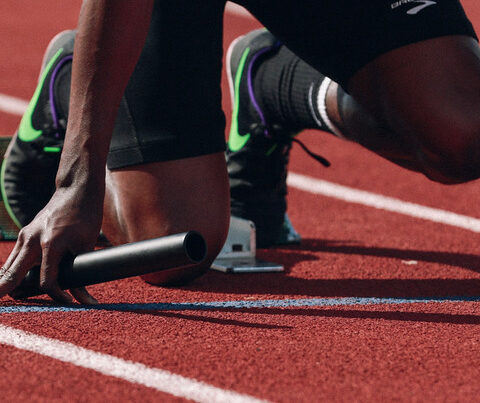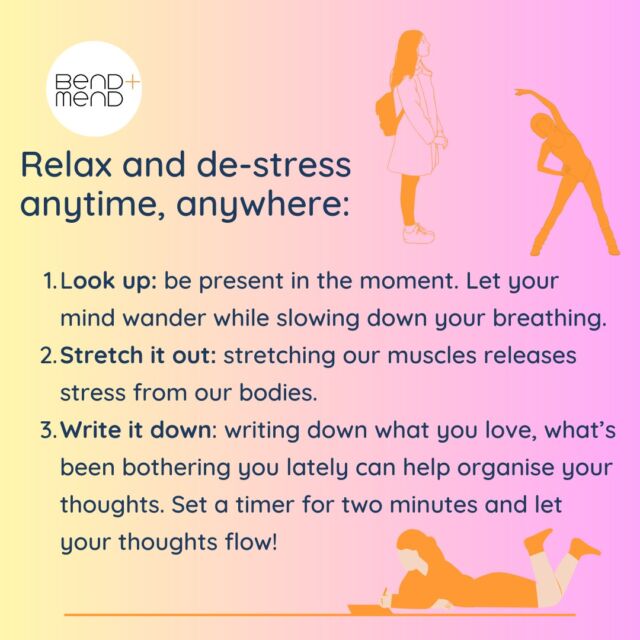So it’s 5am, you’re up early to catch a bit of Aerobics OzStyle, and you catch one of those infomercials beforehand. You know the ones: the next exercise fad, with dubious claims of ‘core strength’ and ‘whole-body workout’; the product only to be proven obsolete a week or two later, by a new fad likely promoted by the same company.
So, this morning you’re up and ready to exercise, and this commercial has half a dozen beautiful, trim, athletic models, standing on shaking platforms, supported by a celebrity endorsing similar grandiose marketing claims. Whoa, another dodgy exercise product! But this one is so well marketed – you’ve seen it in Westfield, and there are even a few platforms at the gym. Surely the gym doesn’t invest in ridiculous exercise fads? Without going too far into that statement, the use of these shaking platforms or whole-body vibration (WBV) machines has quite a history behind it. It is also the source of some of the more exciting exercise research coming out, and could be a viable part of your rehab and training programme.
Apocryphally, WBV was developed by the Russian Space Programme in an attempt to improve bone density in its cosmonauts before they went up (Laika and the first space animals didn’t get the same special treatment). One of the effects of extended time in microgravity is the reduction in bone strength, leading to fractures back on Earth. Increasing acceleration (ie. gravity and half of the F=ma equation), by way of a moving plate, enables an increase in force through bones, stimulating a cellular response and the laying down of more bone. This has been shown in more recent studies, and is particularly relevant to the growing osteoporosis issue.
Another system that particularly enjoys increased gravity is the anti-gravity stability muscles. This system includes the muscles that support our back and neck. Considering many of us work in a decreased gravity environment (ie. sitting), we are in desperate need for some extra ground force, and it can be a great addition to regular exercise. The use of vibration also stimulates the stability system by providing an unstable base of support.
WBV has a place in athletic training and performance, as well as injury rehabilitation. Loading up a muscle group on a WBV enables an apparent targeted specific repeated stretch to a muscle. As seen with a tendon hammer on a knee, a quickly stretched muscle contracts as part of a reflex response. This stretch reflex occurs in the spinal cord without any involvement of the brain, enabling one to bypass centrally inhibited muscles, and can possibly break up poor or incorrect movement patterns.
Without sounding like an advertisement, WBV has plenty of benefits, but, given it is a fast and strongly shaking platform, it includes a number of risks. Acute injuries, unstable joints, prostheses and fractures are generally contraindicated (ie. not allowed) as well as a number of other medical issues. So, if you have a vibration machine at your gym and are wondering how you can use it to achieve your goals, speak to one of our Physios here at Bend + Mend and you could probably work it into your programme.








